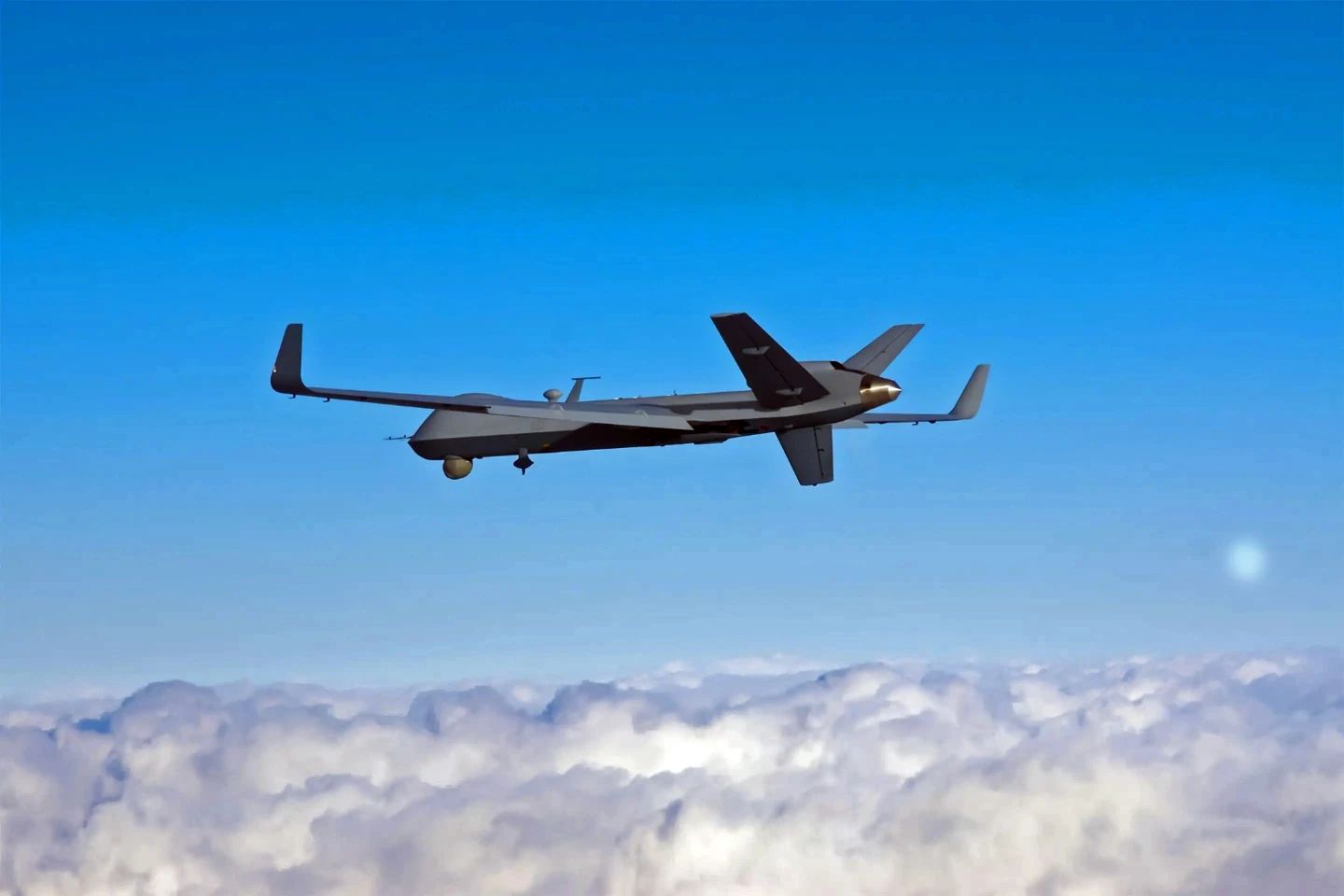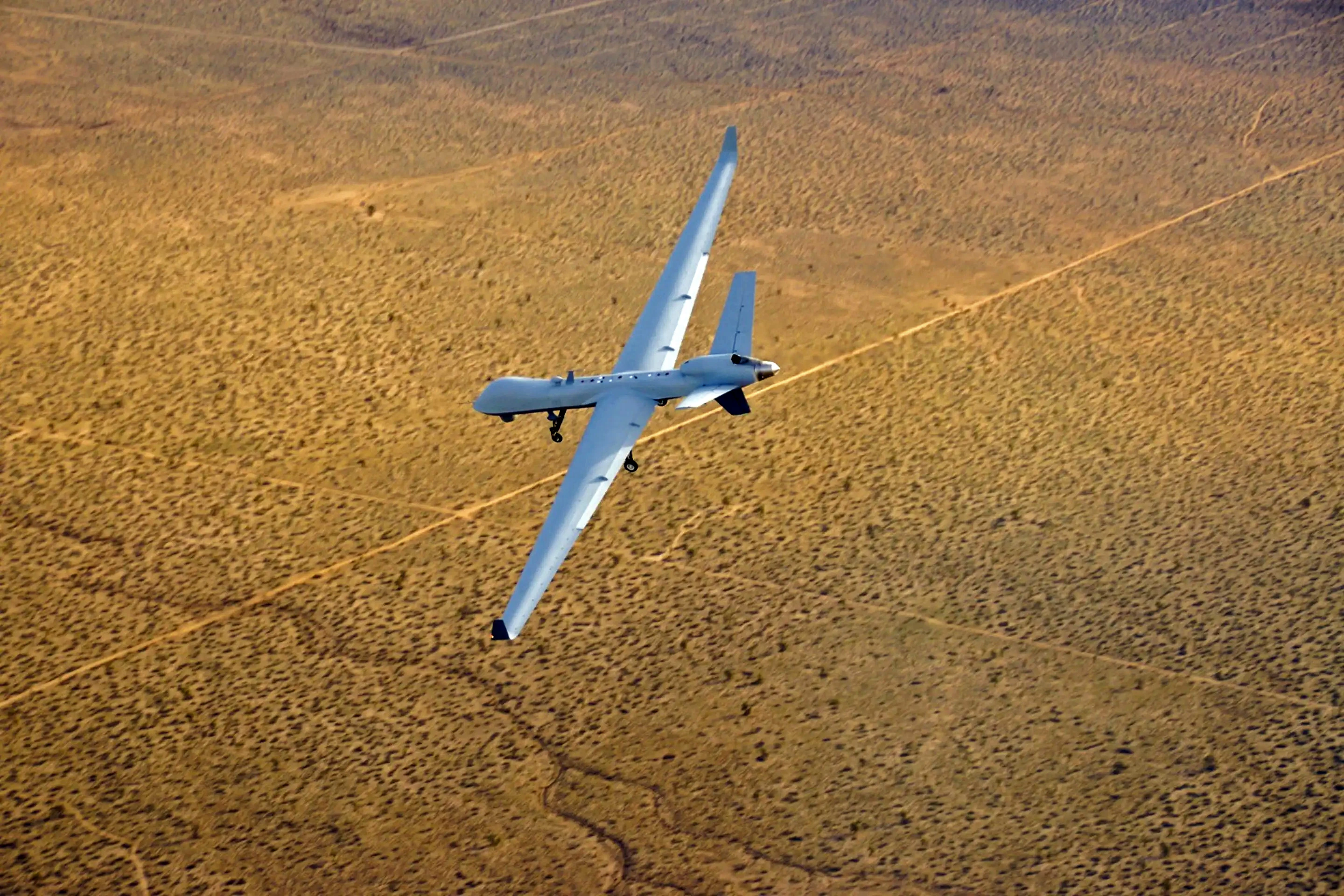Dr. Ifana Mahbub, an assistant professor of electrical and computer engineering at The University of Texas, had already received the Young Faculty Award from DARPA in 2021, giving her US$500,000 over two years for her project. The fellowship offers an additional $250,000 in funding to continue development of the power-beaming technology.
You may already be familiar with wireless charging technology; some cell phones already use near-field wireless technology to top up your battery by using low-frequency electromagnetic waves over a very short distance. It seems like black magic, but in practice, it's not all that complicated. The charging unit is a coil that creates an electromagnetic field and the receiving end – like the coil in your phone – captures the electromagnetic waves which creates an electrical current that is then fed into the battery.
Mahbub and her team are researching far-field technology to send electromagnetic waves much further. Specifically to eliminate entirely the need for a drone to return to base (RTB) for a battery swap or to be charged, which can waste valuable time and resources, not to mention potentially being detrimental to the mission at hand. Why recall a UAV when you can simply charge its battery while it's still in flight?

One of Mahbub's biggest hurdles is preventing electromagnetic beams from scattering and losing power over large distances. Mahbub has come up with a clever idea of using phased-array antennas; a system of transmitters and smaller antennas to direct the electromagnetic beam along a specific path. The tech she's creating uses the telemetry of a UAV in real-time to ensure line-of-sight connection for maximum charging.
"The signal can go in undesired directions,” Mahbub says. “Our goal is to engineer the waveform so that we can minimize the path loss."
Military drones such as Medium Altitude, Long Endurance (MALE) UAVs are designed to fly as high as 25,000 ft (7,620 m), while High Altitude, Long Endurance (HALE) drones often operate at a 50,000-ft (15,240-m) ceiling. Tactical Drones will generally fly anywhere from 2,000 ft (610 m) to 5,000 ft (1,524 m).

There are numerous other applications this technology could be used for. Think of electric cars traveling down the freeway while being charged. Mahbub is also working on wireless charging technology that could be used at a low-frequency, safe, FCC-approved level that could potentially charge medical implants in people.
While it might sound scary to be sending these electromagnetic waves strong enough to charge a small aircraft through the air, we've already been doing similar for many years. Radio broadcasting, television broadcasting, cell phone service, radar, Wi-Fi, and even GPS uses electromagnetic waves.
It would probably be ill-advised to stand between the transmitter and the drone while charging, though.







